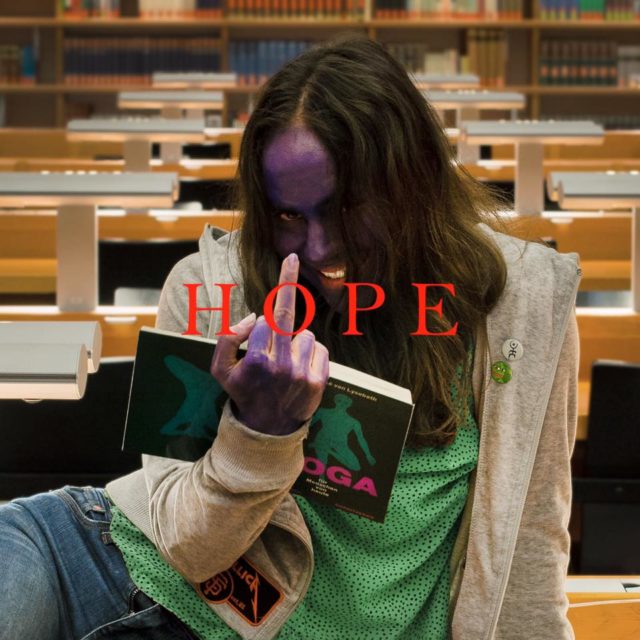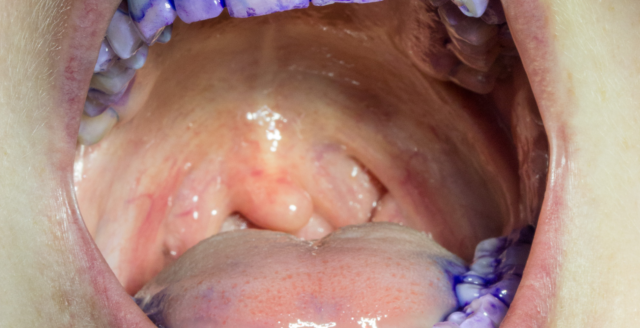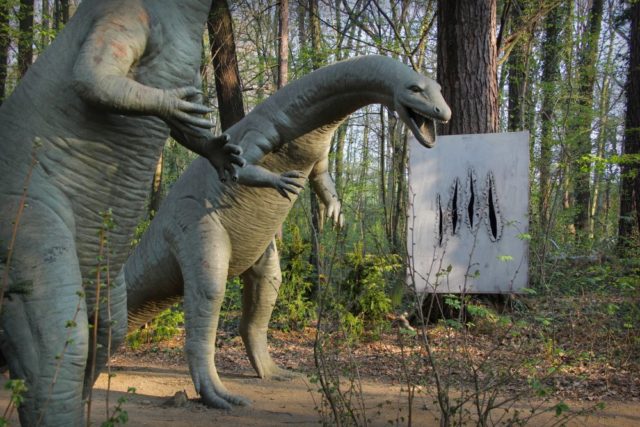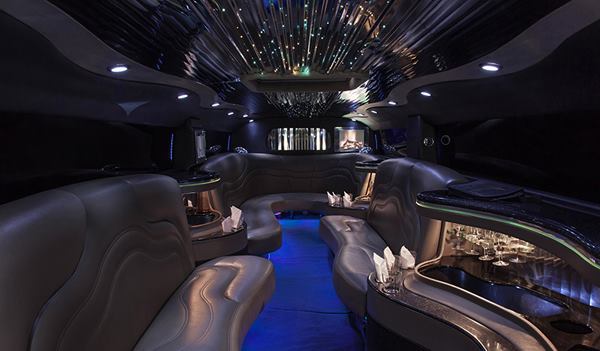New Scenario was initiated by Paul Barsch and Tilman Hornig in 2015. Its first project C R A S H, in collaboration with Info-Punkt, took form as online documentation of an exhibition in a limousine that drove around a city whilst artworks by a group of invited artists were arranged and photographed. This debut project set in place the group’s ideas for exploring alternative forms of curation, exhibition production and experiencing art.

New Scenario focuses on the use of the internet as one of the main platforms in which we look at art today; through static documentation on screens. As projects have unfolded, it seems increasingly concerned with images as fetishised documents; points of visual access that utilise our eyes to stand in for our other senses as receptors of experience, especially in the art world. The most recent projects, Residency and H O P E, elaborate on and complexify these relationships of exhibition-making and documentation further.
In Residency, taking place between February 21 to 26, an open call was put out online inviting artists to apply to stay at the foot of a small mountain, Mariina Skala in Czech Republic. This culminated in a day-long exhibition in a hut/viewing room at its peak. Seven participants, Barsch, Hornig and Simona the dog, stayed in a nearby apartment where they produced artworks for the show. Each day was meticulously documented through still images and video, and was published as a webpage with short video diaries.
With their latest, and in many ways most ambitious project to date, H O P E, launching May 5, New Scenario employ a university campus as a lurking institutional signifier. A stage and set for an exhibition of 14 artists to unfold within, the show will feature Joachim Coucke, Mariechen Danz, Monia Ben Hamouda, Kareem Lotfy and Jon Rafman among others. Inhabiting both online and off, the IRL version will be held at Dresden’s Altana Galerie and will run to June 30, while the webpage will remain open. Moving on from the use of the artists’ residency and the human orifice as examples of institutionalised containers to investigate, their focus is here turned to the educational-industrial-complex inhabited and infected in crisis.
** I’ve just had an exclusive preview of the new project H O P E, without giving too much away, can you tell us about the project and how it came about?
Paul Barsch: This was so far the most challenging and hardest one to create. It follows previous projects as a curated group exhibition with 14 great artists involved and embedded in some new scenario, but this time we chose a different viewing experience. The setting is not extraordinary in the sense of space, which is familiar, but extraordinary in the sense of what happens there. The project involved about 170 extras, 10 make-up artists, eggs and a lot of dirty clothing, to name a few things. We were invited by Gwendolin Kremer, curator of the Altana Galerie at Dresden’s Technical University to do a project there. The physical space of the gallery or the university was not really something that interested us enough to do a New Scenario project but we had an idea and twisted the whole scenery to make it work. The project was funded by the Alfried Krupp von Bohlen und Halbach Stiftung who for the first time funded an online ‘catalog’ project, so we were able to do things that we couldn’t do before. The small physical part of the exhibition will be an interactive presentation of the online-exhibition at the Altana Galerie with a map and guide developed by artist Max Stocklosa.

** H O P E has come around soon after Residency. In Residency, its online presentation has a very specific tonality. The formatting, edits and music point to early reality tv aesthetics such like MTV’s The Real World. What is the project’s intentions in using this formatting? It can be read as a nostalgic, pop-fictionalisation of a group of young people and their experiences together, but also feels like a deeper critique towards the residency as an institutionalised artistic opportunity that artists apply to take part in?
PB: It’s all this, yes. Beside this very specific and impressive location we wanted to put a focus on the process of doing an exhibition and the gathering of artists. A focus on having a good time and to transport this special vibe around all activities and non activities – the drinking, hangouts, cooking, discussing, sleeping, hangover working, and all that. We had a great time, really. Everybody became friends. We also wanted to take New Scenario on a detour with a different and unexpected approach towards presentation aesthetics. But the core of the project; yes, it’s some kind of artistic investigation into the residency as a thing.
** You have subjected yourselves to the administrative world of the artist residency. How was this process?
PB: The amount of people that applied was unexpected and nearly impossible to handle. We received so many good applications. It felt good to be on the other side this time, but at the same time we felt so sorry to reject people. Our favorites are kept in mind for future projects.
PB: Thats a good point, and probably yes! We were walking around the Cologne art fair yesterday and what was much more interesting than the art and booths were the gallerists and visitors in their behaviour and poses. The human bodies play an important part in the Residency project and its presentation. Bodies become proxies for the artworks that are only shown in the end. The bodies are more present in the daily video diaries than artworks, as so it was the case with the physical presentation of the final exhibition. The new project moves a step further in that direction though because here a lot of bodies were involved and staged on purpose.
** In this new project, a vast amount of people are negotiated as static images in a documentary role creating a tension brought on by the theatrical imagery, teasing the viewer with a frozen narrative. Can you talk about the reasons you used only still images and not film, such as in Residency, to unfold and manipulate a durational narrative?
PB: There was the idea to use film, but instead we decided to stay closer to presentational formats we used before. We used a format that is not so present in the context of art documentation to create a new experience for perception. This time we put the viewer right in the middle of the scene and this time they can somewhat be more active and move. We used still images in order to arrange and stage everything the way we wanted, and this allows the narrative to remain blurred. We didn’t want to tell a specific story or plot, everything is just equally infected.

** As a space, or a world, H O P E nearly exists. Its interesting that the artworks that inhabit this world take on the burden to contextualise it so much. Social and political narratives in works read as specific, dynamic characters inhabiting the scenes. Can you talk about the selection process, and the collaborations with Technical University Dresden and Gwendolin Kremer?
PB: Yes, the scenes unfold their full potential and narratives only in conjunction with the artworks which are the more hidden but the most important characters. We used artificial but familiar scenes to reflect on society and states of crisis. Some of the artworks were especially made for this show, like Jon Rafman‘s work ‘Zombie Dream’ or Bailey Scieszka‘s ‘Sentimental Cyberslam’. Some ideas for the scenes were developed around the selected artworks as well. Our selection process was choosing artists that we thought could contribute strong works that fit. The collaboration with the University and Gwendolin Kremer was more focusing on planning and organizing everything, which was a huge help in the production process.
PB: H O P E was a title that was only introduced late in the production process. It can be read as a contradiction or counterpoint to what is depicted in the scenes, some kind of nihilist irony but at the same time transports a positive message that acts as a compensator. It also refers to this strange hopelessness and helplessness that seems to be omnipresent, that in extreme ways manifests in a death wish hope that only total chaos and collapse can bring change and a better life. A growing majority of people prefer to study apocalypse survival guides, crude conspiracy theories and ways to save one’s own neck than to look for ways to socially engage and build a better future.
** In this situation, NS is utilising exhibition making as a way to engage in both the heightened project world of survival and the real world socially. The world of the project relies on an online art image consumer to fuel and navigate it; in one’s viewership, the viewer rejects the white cube, or irl space, how does this affect physical experiences?

PB: Of course if you engage online it’s not the same experience as IRL but a great part of art experience has shifted to that realm anyway. So the question of how to document and present art in this context has become super important and we felt like there is much more possible because the digital realm offers a lot of different possibilities to communicate, show and distribute and it is (still) easily accessible and available globally to most people. We see our projects more as an extension to established forms of presentation. We reject the white cube not because we are anti-white-cube but to radically examine what else is possible in terms of exhibition making, sites, documentation and the mediation of artworks.
** You inhabit curatorial, organisational and artistic practices. Is this in-between state valuable to you and productive for the future? Or could you see the project moving more specifically into one of these categories, such as with the opportunity to present H O P E in a physical show at Altana Galerie, itself becoming a mode of practice, with H O P E for example being read as an artwork in and of itself?
PB: This inbetween state is so far valuable and productive because it offers a lot of freedom where we are able to switch from one mode to the other and we never felt boundaries important or restrictive. The platform will remain the main container to present all projects to come but of course the whole format is an open venture and its projects can take any shape. We build and read the projects as artworks as well, but there is a lot more facets and layers to it, and this makes it hard to find a fitting label. **













